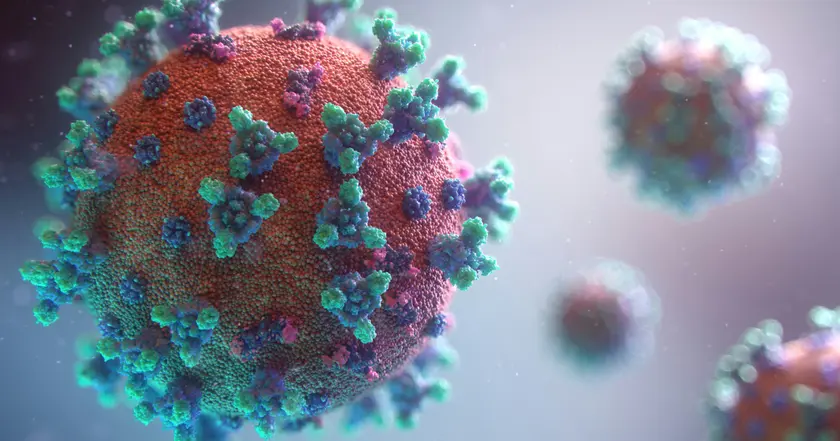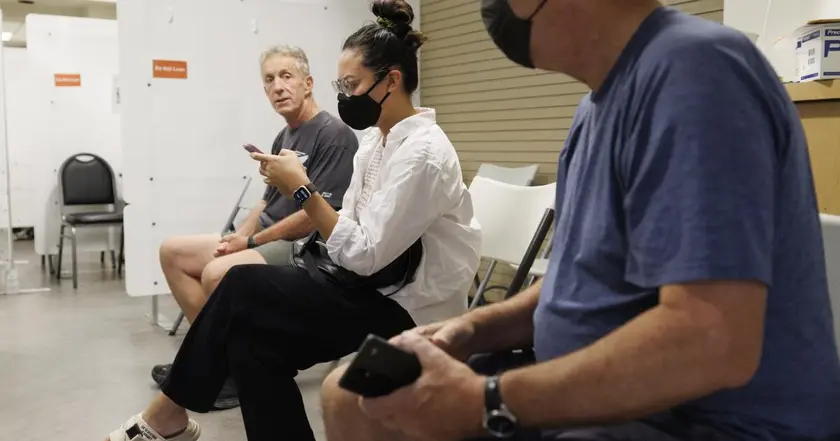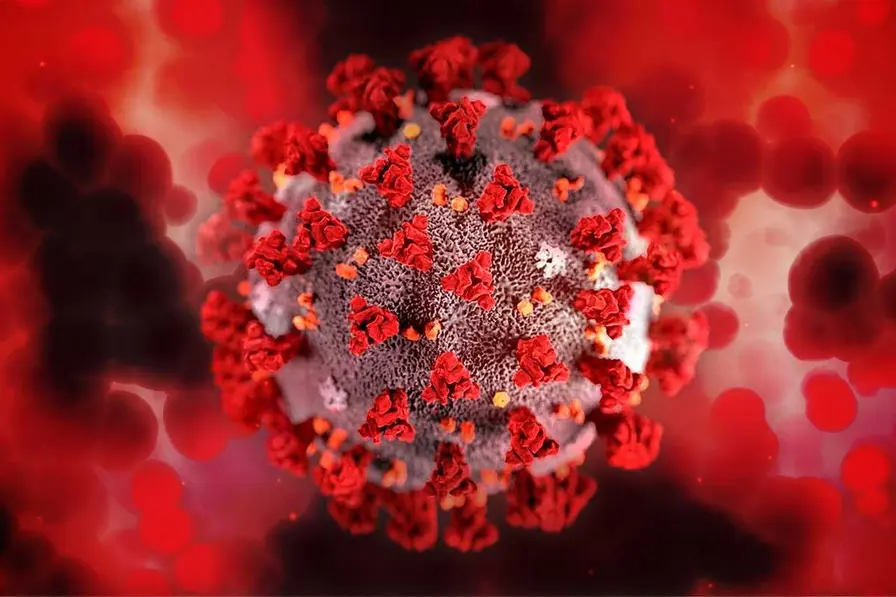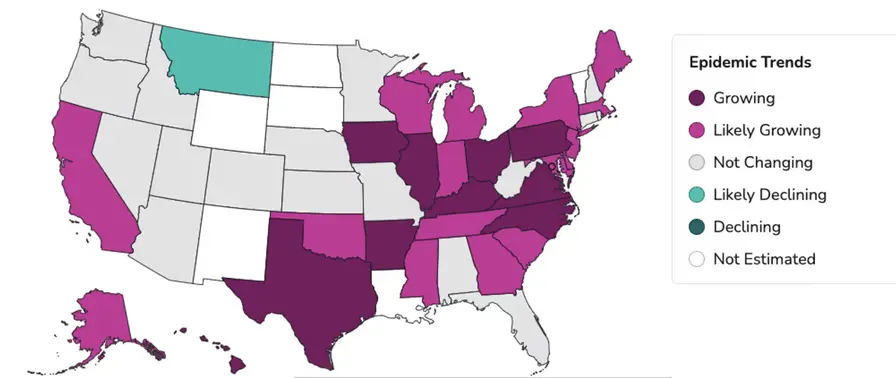T4K3.news
Covid-19 cases rise across the US
CDC data shows rising infections nationwide with Western states hit hardest.

Western states show higher wastewater signals and rising infections amid a broader U S uptick.
West Coast Covid Surge Highlights U S Rising Infections
The latest CDC update shows Covid-19 activity rising nationwide, with wastewater data moving from low to moderate levels overall. The western states Alaska, California, Colorado, Nevada and Utah show the strongest signals, marked as high in the agency’s assessment. Wastewater monitoring is used to spot spread earlier than clinical tests and before people seek care. The California department of public health reports statewide infections surpassing winter highs.
Other indicators point to a broader trend: as of Tuesday the CDC estimates Covid-19 infections are growing or probably growing in 45 states, up from 40 last week. A new variant, XFG or Stratus, is rising and by late June accounted for as much as 14 percent of cases. Experts note that summer waves are common even as deaths and hospitalizations tend to decline over time due to previous infections and vaccines. The rise in cases occurs alongside a federal policy shift, as the Department of Health and Human Services moves to terminate 22 federal contracts for mRNA vaccines, a development that some worry could affect future vaccination efforts. The CDC did not immediately respond to requests for comment.
Key Takeaways
"We now know that there’s a winter spike and then there’s a summer spike."
LaPook on seasonal patterns in COVID spread.
"Wastewater monitoring can detect viruses spreading from one person to another within a community earlier than clinical testing."
CDC description of wastewater surveillance as early warning.
"And every year, the number of deaths, the number of hospitalizations, is gradually going down each season."
LaPook on long term trend.
Public health data show a familiar pattern: signals in wastewater precede clinical cases and can warn of a surge before hospitals feel the impact. Yet the interpretation remains uncertain because immunity varies from person to person and across states. The new Stratus variant adds to a shifting landscape where vaccination campaigns, prior infections, and seasonal behavior all shape outcomes. Policy choices on vaccine funding and procurement intersect with these health signals, raising questions about preparedness and public trust as officials balance immediate needs with long term planning. In short, data is rising faster than policy in this moment, and the next moves will test the public health system’s ability to respond quickly and transparently.
Highlights
- Wastewater knows first what the country will learn last.
- Summer spikes follow winter spikes with a steady clockwork.
- Policy decisions trail the data, not the other way around.
- Data now sets the pace for the next public health move.
Political and budget implications of vaccine contracts
The decision to terminate 22 federal mRNA vaccine contracts raises questions about funding, vaccine strategy, and public trust amid rising COVID-19 activity.
Data keep changing, and so should the policy response.
Enjoyed this? Let your friends know!
Related News

COVID-19 cases on the rise in Hawaii

Idaho Implements New Vaccine Policies Amid Trust Crisis

COVID-19 cases rise sharply this summer

COVID-19 cases increase in California

Canada reports record measles cases

Measles rise triggers call for catch-up vaccination

New COVID variant linked to painful throat symptoms

COVID-19 surge reported in multiple states
